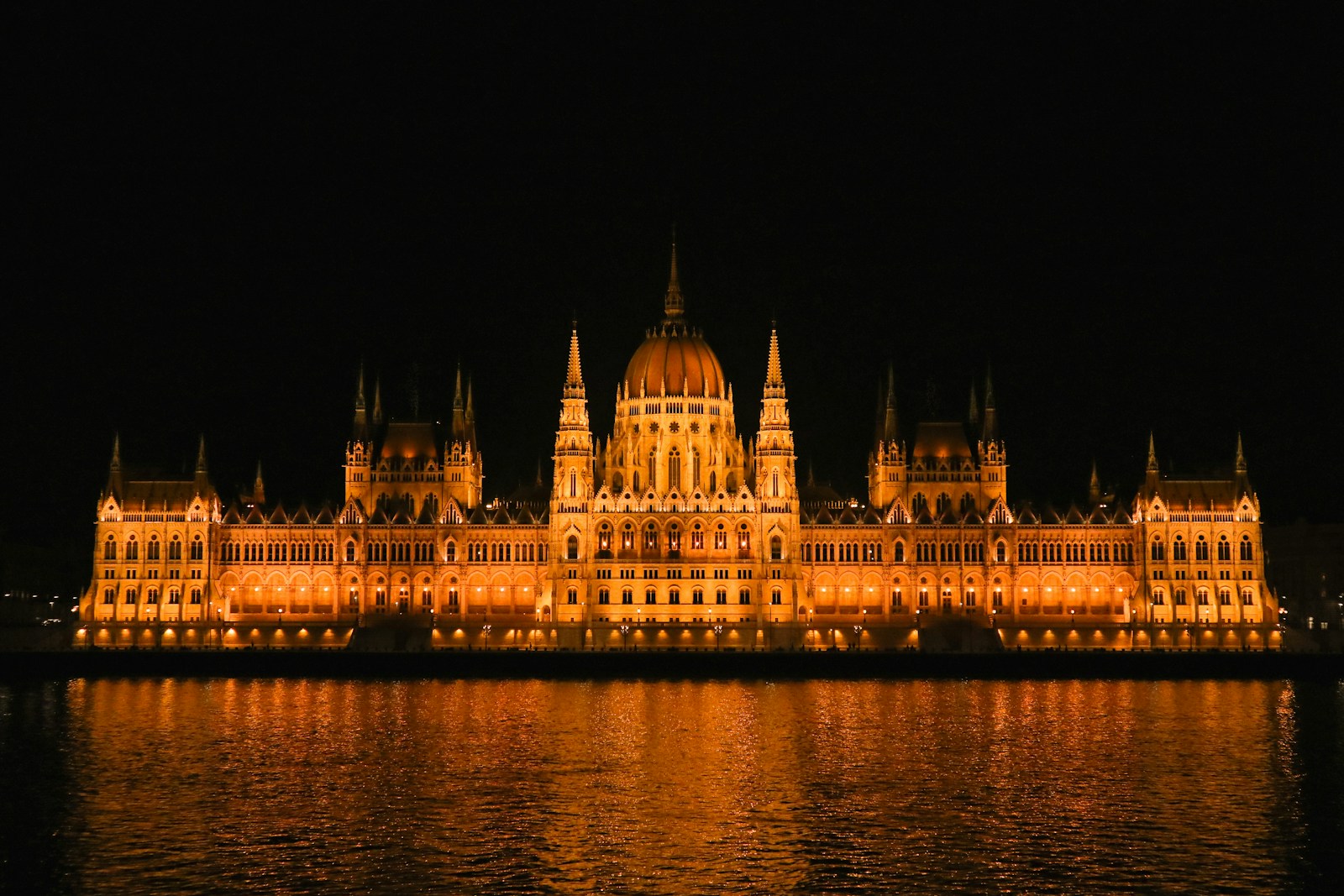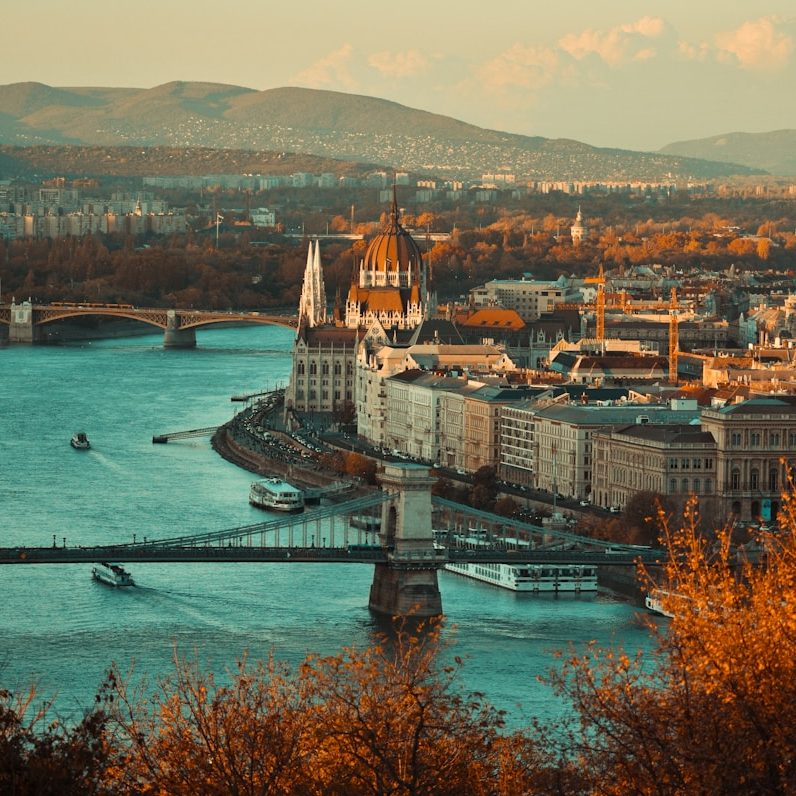Your cart is currently empty!
Protesters Turned Freedom Fighters: The Hungarian Revolution of 1956

On October 22, 1956, thousands of students at the Technical University of Budapest gathered in a lecture hall to discuss their ideas for political, economic, and societal reform. They did not realize they would become freedom fighters the next day; they had nothing left to live for, so they had everything to fight for. They created the Sixteen Points, a list of sixteen demands to propose to the government of Hungary, which at the time was a satellite state and was operating as a puppet of the Soviet Union.
Students hastily planned a protest for the following day, October 23, and about 20,000 students joined with little time to prepare. Their spontaneous protest gained momentum rapidly by word-of-mouth, and the mood was hopeful, even joyous.
In a day and age when access to information was not at the tip of their fingers, they spread news of the demonstration verbally and with a short message on the radio the morning of October 23. People sang out to others as they marched on the streets: “If you’re a Hungarian, join us!” and the patriotic electricity enticed people to join. By the end of the day, about 200,000 people were protesting the Soviets and certain Hungarian communists whom they hated in the streets of Budapest.
Impromptu and hastily planned demonstrations rarely grow that quickly, but the fact that several spontaneous demonstrations had formed in recent years deeply frightened the Soviets and threatened their control. There was the East German Uprising of 1953 in which at least one million people demonstrated across the country. Then the Polish Uprising of 1956 (just a few months prior to the Hungarian Revolution) in which about 100,000 Poles started a spontaneous protest in Poznań, which spread throughout Poland and sparked actual political change. Both events inspired the protest in Budapest, among a few other non-protest-related events. The Soviets killed protesters in East Germany and Poland, but when they began killing the Hungarians, a revolution began.

A brief series of events on October 23:
- Students announced their protest on the radio in the morning.
- Before 1pm, Ernő Gerő, the Communist Party First Secretary, announced on the radio that all public gatherings were banned.
- One and a half hours later, another radio announcement was given lifting the ban.
- Roughly 20,000 students began their march at 3pm.
- Student delegates met with Valéria Benke, a politician and head of the Budapest Radio, to ask for time on the radio to recite their Sixteen Points.
- Benke agreed, to prevent a riot, but when the students were given the microphone, they realized they had been tricked, as it was not connected to the radio.
- Protesters demanded to be let on the air, and Gerő berated them on the radio, calling them a mob trying to cause national subversion and condemned them for poisoning the youth with chauvinism.
- Around 9pm, the Revolutionary Prime Minister, Imre Nagy, gave a speech outside of the radio building to the protesters. They wanted Nagy to become the Prime Minister again, they considered him a moderate communist, and their chosen leader.
- Nagy gave a lackluster speech to the protesters, and unsurprisingly newspapers did not mention his speech but a journalist in the crowd recounted what he had said. Essentially, he saluted their enthusiasm, then told them to go home.
- Protesters heckled Nagy, so he started to sing the national anthem.
- At the Kremlin in the USSR, Nikita Khrushchev organized a meeting to discuss how to handle the rising situation in Budapest. They wanted to enact martial law and send more troops in, and they agreed to put Nagy back into power to appease the protesters.
- In Budapest, protesters melted the knees of a 25-meter-tall bronze statue of Stalin and tore it down, his head rolled into the street. The statue had been placed on the site of a Catholic church the Soviets demolished to remind them who was in charge.
- A few rogue protesters broke into the Szabad Nep (Free People, a communist propaganda magazine) office and vandalized it. They also broke into the official bookstore for Szabad Nep and set fire to the printed propaganda.
- Enraged protesters broke into the radio building, which was being guarded by the secret police, to go on the air like they were promised earlier. The secret police detained the students inside for several hours.
- Protesters outside demanded their release, and eventually they resorted to throwing bricks into the windows to break into the building.
- The secret police threw teargas and warning shots, but quickly started shooting and killing unarmed student protesters, some of whom were shot in the back as they ran away.
- All hell broke loose.
- Hungarian troops were sent in to squash the riot.
- Colonel László Zolomy and Lieutenant-Colonel Janos Solymosi arrived with their companies and when they saw dead teenagers on the ground, they commanded their troops not to fire upon the protesters. Many of the troops threw their hats and ripped the communist symbol from their arms and joined the fight.
- Then Sándor Kopácsi, Budapest’s Police Chief, also joined the revolution.
- The military and police department had access to thousands of rifles, a decent amount of machine guns, and a few dozen tanks, which were gladly supplied to the protesters-turned-freedom fighters.
- There was even an undercover arms factory in the industrial district of Budapest, and the factory employees opened it up and distributed at least 1,000 rifles.
- The strength of the freedom fighters is unknown, but eyewitness say up to 26,000 civilians joined the revolution, and nearly 2,000 military. Nearly all of the 15,000 industrial workers in Budapest joined, and they were the last fighters to succumb to defeat.
When the secret police shot and killed innocent people on the streets, most of the protesters went home after the chaos but thousands came back armed to fight for their freedom. Thus, the Hungarian Revolution of 1956 had begun.
Sources:
Aczel, Tamas. “Hungary’s Revolt by Rebel Leaders.” Life, 18 Feb 1957, 105-129.
Gati, Charles. Failed Illusions: Moscow, Washington, Budapest, and the 1956 Hungarian Revolt. Stanford University Press, 2006.
Korda, Michael. Journey to a Revolution: A Personal Memoir and History of the Hungarian Revolution of 1956. HarperCollins, New York, 2006.
Mertz, Dawn-Eve. Young Men Go West: The Hungarian Revolution and One Teenager’s Risky Escape. Kleo Press, 2024.
Michener, James. The Bridge At Andau. Random House, Inc, 1957.
Molnár, Miklós. A Concise History of Hungary. Cambridge University Press, 2001.
Pongracz, Gergely. “Interview with Gergely Pongracz 17/6/96.” The National Security Archive, 1996.
Sebestyen, Victor. Twelve Days: The Story of the 1956 Hungarian Revolution. Pantheon Books, 2006.
Share Your Perspective
Subscribe to Truthlytics today to stay informed and dive deeper into the issues that matter.
Already subscribed? Log in to join the conversation and share your thoughts in the comments below!




